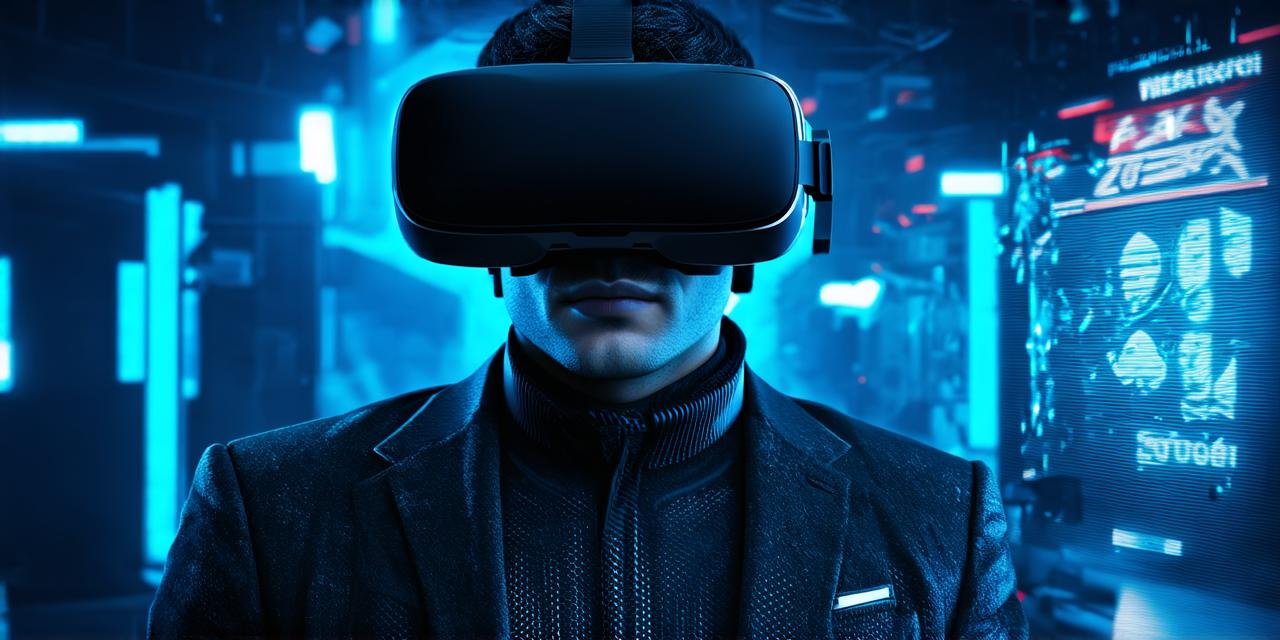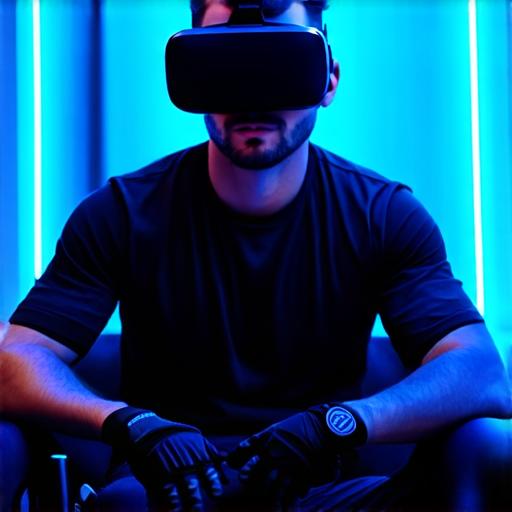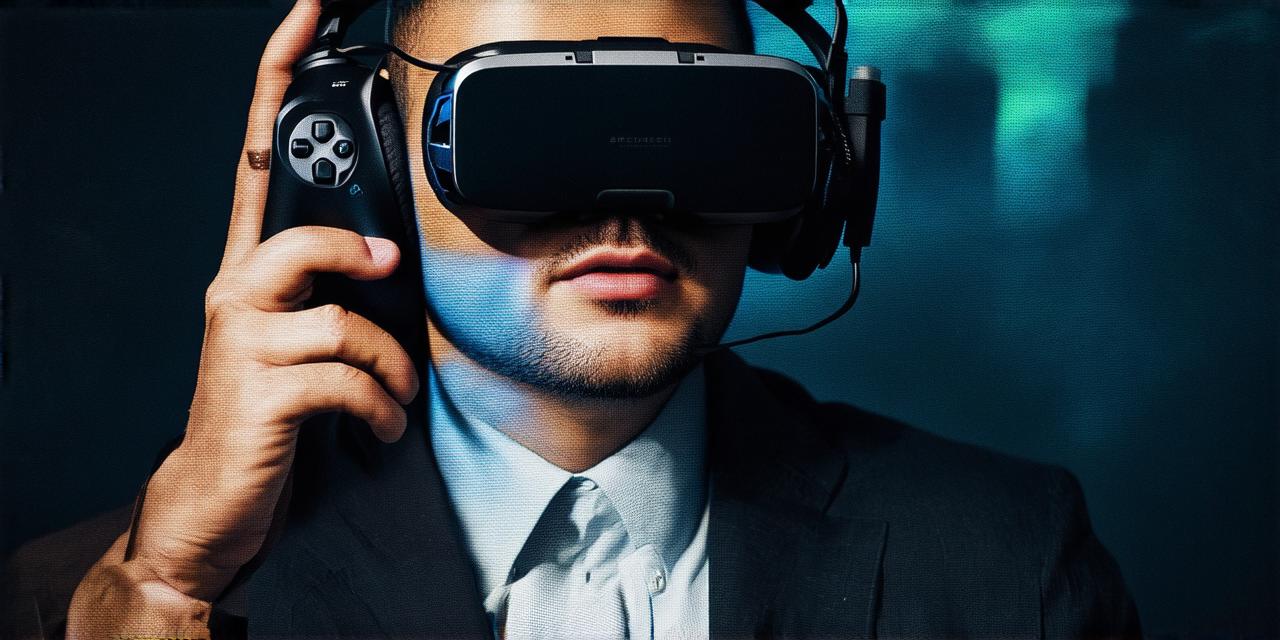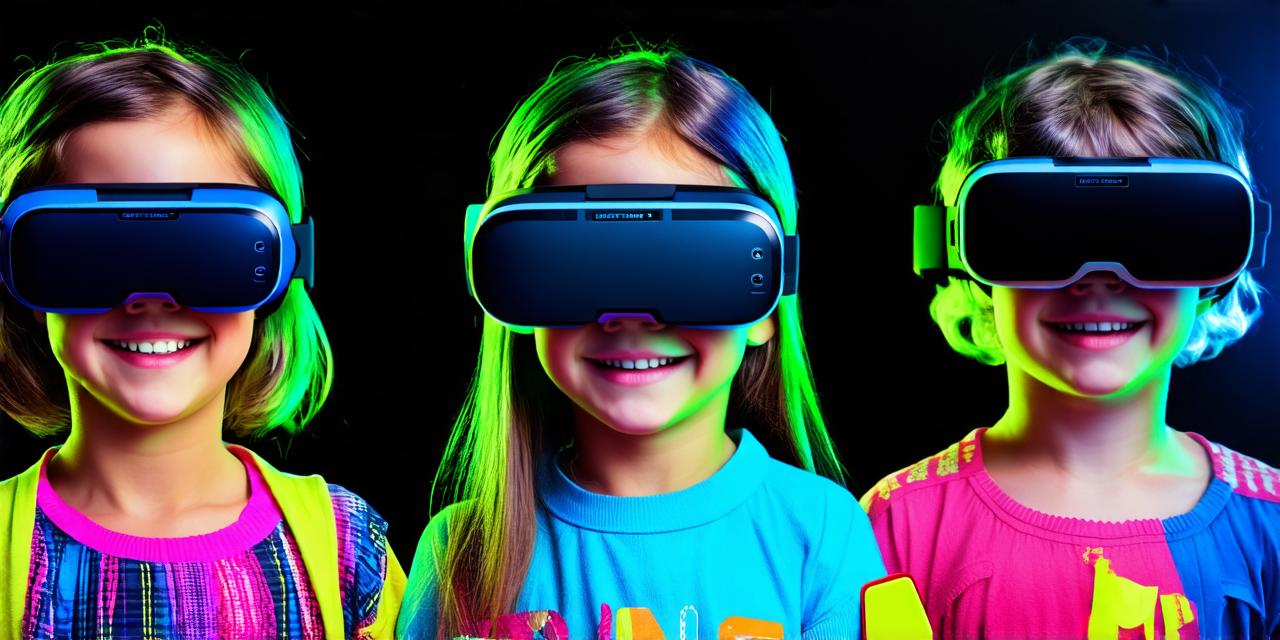
What are the risks of virtual reality?
Here’s the corrected HTML code for the article:
Virtual Reality (VR) is a technology that creates immersive experiences for users by simulating a 3D environment around them.
While VR has the potential to revolutionize many industries, such as gaming, education, and healthcare, it also comes with its own set of risks that must be carefully considered.
One of the biggest risks associated with VR is motion sickness. This occurs when the user’s senses are conflicted by what they see and feel in the virtual world.
For example, if a user is looking at a stationary object while their body is moving around in the virtual world, they may experience nausea, dizziness, or vertigo.
Another risk of VR is the potential for addiction. As with any technology that offers a new and exciting way to interact with the world, there is always the possibility that users will become addicted to their virtual experiences.
This can lead to social isolation, loss of productivity, and other negative consequences.
There are also risks related to physical safety in VR. While VR is generally a safe technology, there is still the potential for accidents or injuries to occur while using it.
For example, users may trip over their physical surroundings if they are not paying attention to where they are standing while wearing headsets or other devices.
Finally, there is the risk of privacy invasion with VR. Many VR experiences require users to wear special devices that track their movements and other information about their body.
This data can be used for advertising purposes or to monitor users without their knowledge or consent.
In conclusion, while virtual reality has many potential benefits, it also comes with its own set of risks that must be carefully considered before using the technology. As with any new technology, it is important to use VR responsibly and to be aware of the potential dangers associated with it.


